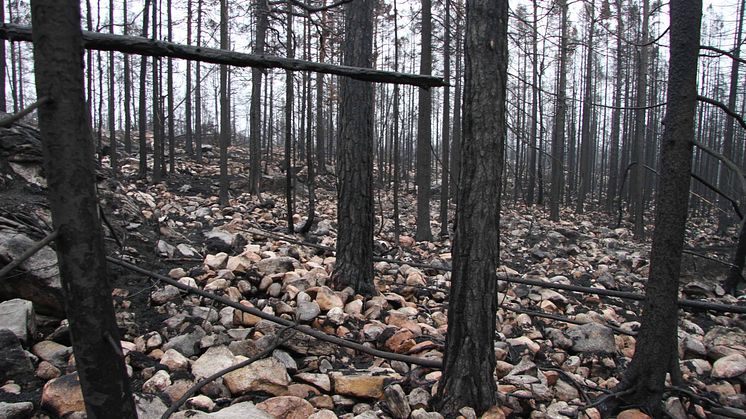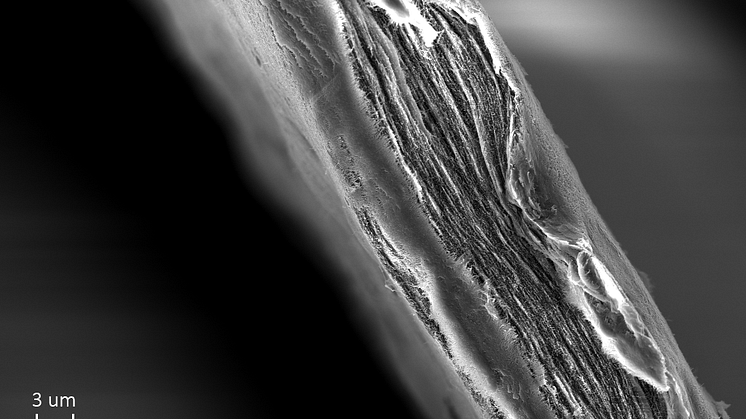Spruce trees’ reconquest of Sweden after the last Ice Age took 10,000 years
A new study from scientists at Uppsala University shows that it took more than 10 millennia from when the first spruces returned to Sweden after the glacial stage of the last Ice Age until the species became widespread. This sluggish rate of initial dispersal has surprised the researchers, since the spruce might have had good prospects of expanding its range.

